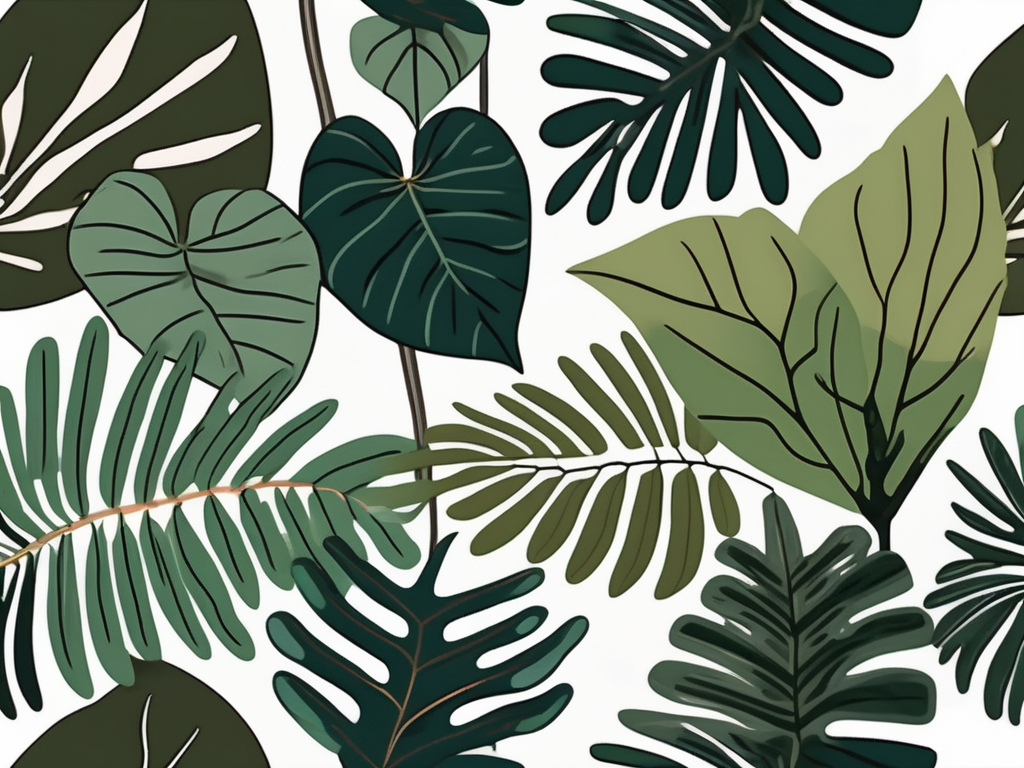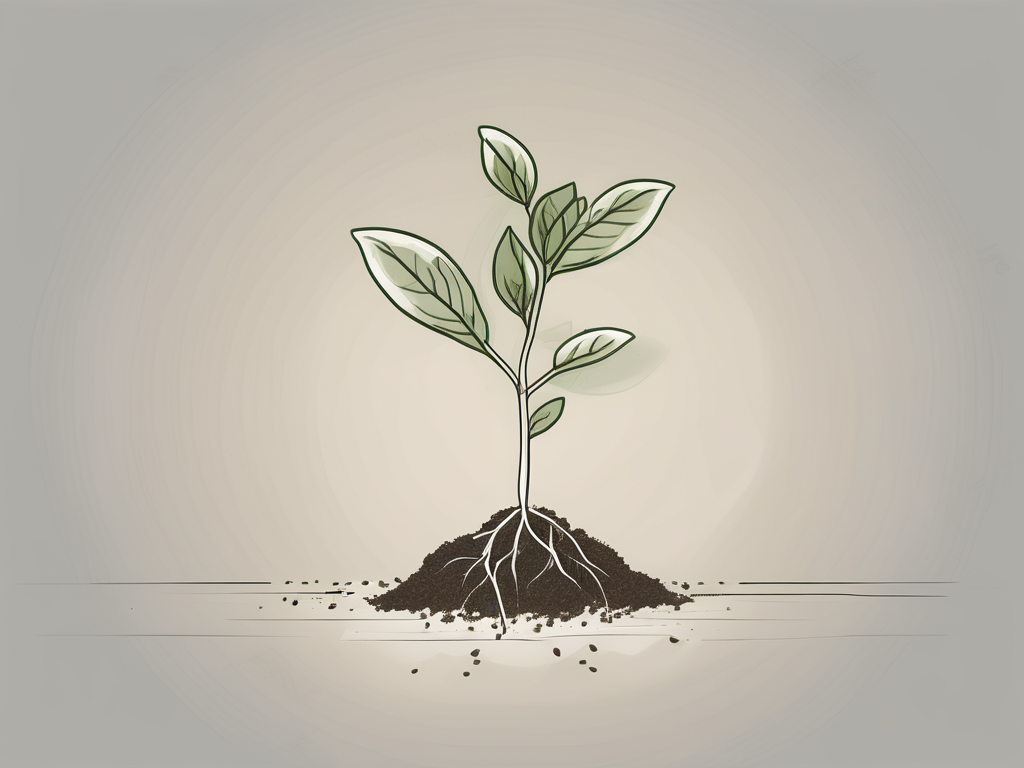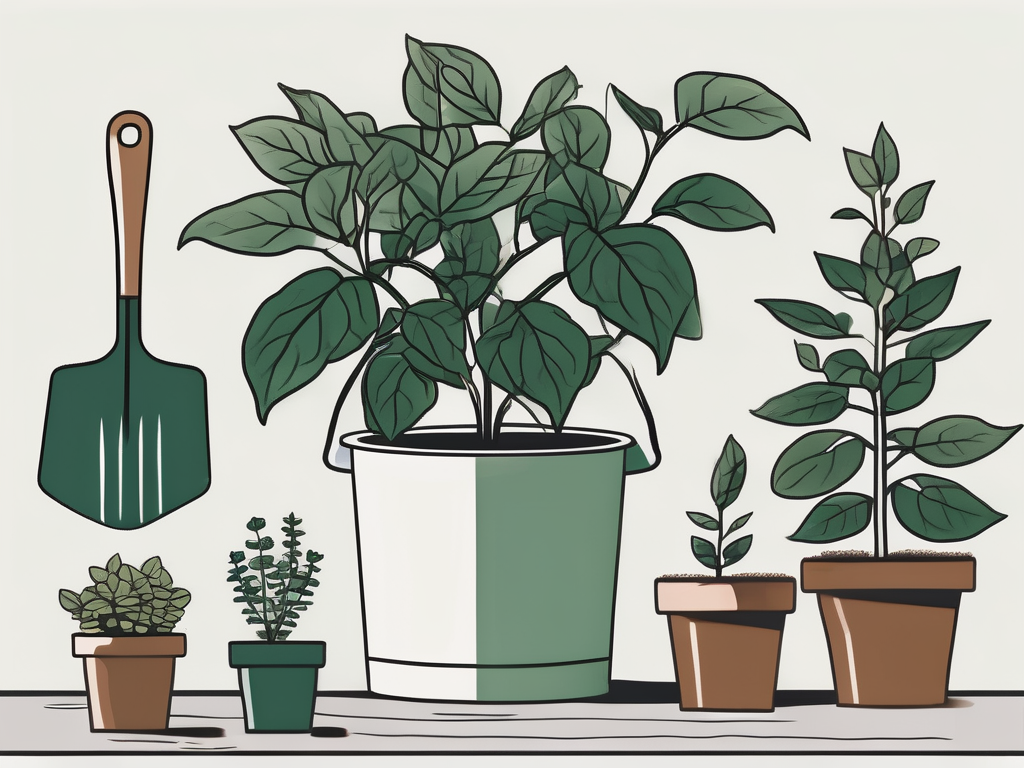
The Schefflera plant, with its charming umbrella-like foliage, is a favorite among plant lovers for its aesthetic appeal and ease of care. Known for brightening up any room with its vibrant leaves, Schefflera comes in a variety of types, each with its unique features and care requirements. Whether you're looking to spruce up your space with something green or you're an experienced plant parent hunting for your next addition, Schefflera is a fantastic choice.
In this article, we’ll explore the different types of Schefflera, providing a detailed rundown of what makes each one special. From the popular Schefflera arboricola to the more exotic Schefflera actinophylla, we'll cover everything you need to know to keep these plants thriving in your home. Let's get started!
What is Schefflera?
First things first, let's get to know the Schefflera plant a little better. Schefflera is a genus of flowering plants in the Araliaceae family, native to tropical regions. These plants are often referred to as "umbrella plants" because of their distinctive leaf pattern, which resembles an open umbrella.
What makes Schefflera so appealing, besides its striking foliage, is its adaptability. These plants can grow in various conditions, making them perfect for both beginners and seasoned plant parents. They thrive in indirect light but can tolerate lower light levels, and they're known for being relatively low-maintenance compared to other houseplants.
However, it's important to note that while Schefflera is generally easygoing, it does have some preferences when it comes to care. For instance, it enjoys a humid environment and requires well-draining soil to prevent root rot. But don't worry, we'll delve into care tips specific to each Schefflera type as we go.
Schefflera Arboricola (Dwarf Umbrella Tree)
Schefflera arboricola, also known as the Dwarf Umbrella Tree, is perhaps the most well-known variety of Schefflera. This plant is beloved for its smaller size and versatile nature, making it a great option for both tabletops and floor displays in your home.
The Dwarf Umbrella Tree has glossy, green leaves that can develop a variegated pattern with creamy yellow or white. This variety can grow up to 10 feet tall indoors if given the right conditions, but it typically stays around 3 to 4 feet, making it manageable and aesthetically pleasing in most indoor spaces.
In terms of care, Schefflera arboricola prefers bright, indirect light but can tolerate medium light levels. It's important to let the soil dry out between waterings to avoid overwatering, which can lead to root rot. If you're looking to encourage bushier growth, consider pruning the tips of the stems. This will promote branching and result in a fuller plant.
Additionally, keeping your Dwarf Umbrella Tree in a humid environment can help it thrive. If your home is on the drier side, especially during winter months, a simple misting or a nearby humidifier can do wonders.
Schefflera Actinophylla (Umbrella Tree)
Next up is the Schefflera actinophylla, more commonly known as the Umbrella Tree. This variety is larger and more robust than its dwarf cousin, making it a striking focal point for any room. Its long, glossy leaves are a deep green and can span up to 12 inches, creating a lush, tropical feel.
The Umbrella Tree can grow quite tall, often reaching heights of 10 to 15 feet indoors. Because of its size, it's best suited as a floor plant in spacious areas like living rooms or offices. Given its potential to grow quite large, you might need to prune it regularly to keep it in check and maintain its shape.
Caring for Schefflera actinophylla is similar to caring for its smaller relative. It prefers bright, indirect light but can adapt to medium light conditions. Watering should be done sparingly, allowing the soil to dry out between waterings. This plant appreciates humidity, so if you're in a dry climate, consider increasing the humidity around the plant with a humidifier or regular misting.
Interestingly enough, the leaves of the Umbrella Tree can be toxic to pets if ingested, so it's wise to place it out of reach of curious cats and dogs. Despite this, it's a popular choice for adding a touch of the tropics to your home without the need for a plane ticket!
Schefflera Elegantissima (False Aralia)
The Schefflera elegantissima, or False Aralia, offers a unique twist on the traditional Schefflera look. With its lacy, serrated leaves, this plant brings an elegant and exotic vibe to any space. The leaves are a dark green with a hint of bronze, and they have a striking, almost feathery appearance.
False Aralia is known for its slow growth and can reach up to 6 feet indoors, making it a great option for smaller spaces or for those who appreciate a more delicate aesthetic. Its distinctive foliage makes it a popular choice for adding texture and interest to a plant collection.
When it comes to care, False Aralia prefers a bit more attention than other Schefflera types. It thrives in bright, indirect light and appreciates a warm, humid environment. If you live in a cooler climate, consider placing it in a consistently warm room or using a heat mat to keep the roots cozy.
Watering should be done with care, ensuring the soil stays consistently moist but not waterlogged. Using a well-draining soil mix can help prevent issues like root rot. And much like its Schefflera relatives, False Aralia benefits from regular misting to boost humidity levels.
While it might require a bit more effort, the unique beauty of the False Aralia makes it a rewarding plant to have in your collection. It's a conversation starter and a lovely addition to any home.
Schefflera Alpina
Schefflera alpina is a lesser-known but equally captivating species of Schefflera. This variety is native to higher altitudes, which gives it a unique set of adaptations compared to other Schefflera plants. Its leaves are a deep, rich green with a slightly rough texture, and it has a more compact growth habit.
Because of its origins in cooler climates, Schefflera alpina can tolerate slightly lower temperatures than its tropical cousins, making it an interesting option for plant parents living in milder climates. However, it still prefers bright, indirect light and a humid environment, much like its relatives.
Watering should be done with care, allowing the top inch of soil to dry out before watering again. It's also a good idea to ensure the plant is in a well-draining potting mix to prevent waterlogging. Regular pruning can help maintain its compact shape and encourage bushier growth.
One of the appealing aspects of Schefflera alpina is its versatility. It can be grown as a tabletop plant or allowed to reach its full potential as a floor plant. Its unique foliage and adaptability make it a wonderful addition to any collection, especially for those looking for something a bit different.
Schefflera Amate
Schefflera amate is a standout variety known for its large, glossy leaves and robust growth. This plant is often used in commercial settings due to its impressive size and striking appearance, but it can also make a fantastic houseplant for those with enough space to accommodate it.
The leaves of Schefflera amate are larger than those of other Schefflera types, with a beautiful sheen that catches the light. This plant can grow quite tall, often reaching heights of 10 feet or more indoors. Its lush foliage makes it a great option for filling empty corners or adding height to a plant display.
Caring for Schefflera amate is relatively straightforward. It prefers bright, indirect light and benefits from a consistent watering schedule. Allow the top inch of soil to dry out before watering again, and ensure the plant is in a pot with good drainage to prevent root rot.
Humidity is important for this plant, so if your home is on the drier side, consider using a humidifier or placing a tray of water near the plant to increase moisture in the air. Regular pruning can help maintain its shape and prevent it from becoming too leggy.
Schefflera amate is a fantastic option for plant lovers who want to make a bold statement with their collection. Its impressive size and glossy leaves make it a true showstopper in any room.
Schefflera Delavayi
Schefflera delavayi is a unique variety known for its large, palmate leaves that can add a dramatic touch to any plant collection. This plant is native to the mountainous regions of China and is prized for its stunning foliage and versatile growth habit.
The leaves of Schefflera delavayi are a rich green and can grow up to a foot in diameter, creating a lush, tropical feel. This plant can grow to be quite tall, making it a great option for filling vertical space in your home.
In terms of care, Schefflera delavayi prefers bright, indirect light but can tolerate some direct sunlight. It appreciates a humid environment and benefits from regular misting to keep its leaves looking their best.
Watering should be done with care, allowing the top inch of soil to dry out before watering again. This plant is relatively low-maintenance but does appreciate a bit of extra humidity, especially in drier climates.
Schefflera delavayi is a stunning addition to any plant collection, offering a unique blend of beauty and versatility. Its large leaves and striking appearance make it a conversation starter and a favorite among plant lovers.
Schefflera Pueckleri (Ming Aralia)
Schefflera pueckleri, also known as Ming Aralia, is a distinct variety that stands out for its delicate, fern-like foliage. This plant is native to the tropical regions of Southeast Asia and is prized for its unique appearance and adaptability.
The leaves of Ming Aralia are a bright green and have a feathery texture, adding a touch of elegance to any space. This plant can grow up to 6 feet tall indoors, making it a great option for adding height and texture to a plant collection.
Caring for Schefflera pueckleri is relatively straightforward. It prefers bright, indirect light but can tolerate lower light levels. It appreciates a humid environment and benefits from regular misting to keep its leaves looking their best.
Watering should be done with care, allowing the top inch of soil to dry out before watering again. This plant is relatively low-maintenance but does appreciate a bit of extra humidity, especially in drier climates.
Ming Aralia is a stunning addition to any plant collection, offering a unique blend of beauty and versatility. Its delicate foliage and striking appearance make it a conversation starter and a favorite among plant parents.
Schefflera Taiwaniana
Finally, we have the Schefflera taiwaniana, a captivating plant known for its slender, finger-like leaves. Native to Taiwan, this plant is cherished for its graceful appearance and adaptability, making it a wonderful choice for both beginners and experienced plant parents.
The leaves of Schefflera taiwaniana are a deep, glossy green and can grow up to 8 inches long. This plant can reach heights of 6 feet indoors, creating an elegant, upright silhouette that adds a touch of sophistication to any space.
In terms of care, Schefflera taiwaniana prefers bright, indirect light but can tolerate lower light levels. It's important to keep the soil evenly moist, allowing the top inch to dry out before watering again. This plant appreciates humidity, so consider misting it regularly or using a humidifier to keep the environment ideal.
Schefflera taiwaniana is a versatile plant that can be used as a floor plant or kept on a tabletop in its younger stages. Its unique foliage and elegant growth habit make it a charming addition to any plant collection.
Final Thoughts
We've covered a range of Schefflera types, each with its own unique charm and care requirements. From the popular Dwarf Umbrella Tree to the elegant False Aralia, there's a Schefflera out there for every plant lover. With the right care, these plants can thrive and bring a touch of greenery and beauty to any home.
At Cafe Planta, we're passionate about helping you care for your plants and create a thriving indoor garden. If you have any questions or need advice, feel free to email us or reach out on Instagram. Whether you're just starting your plant journey or are a seasoned plant parent, we're here to support you and share our love for plants.












